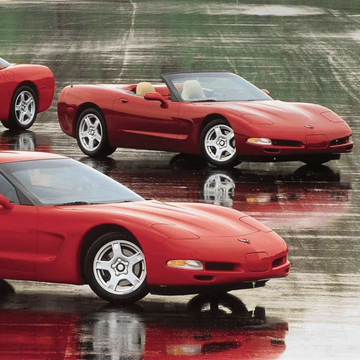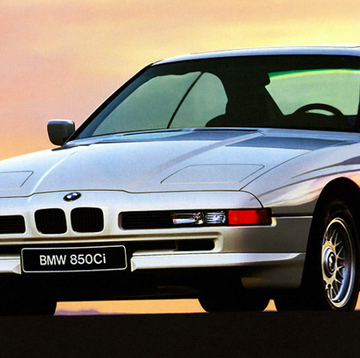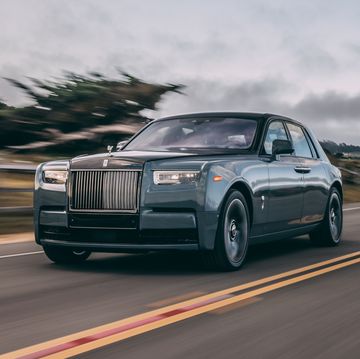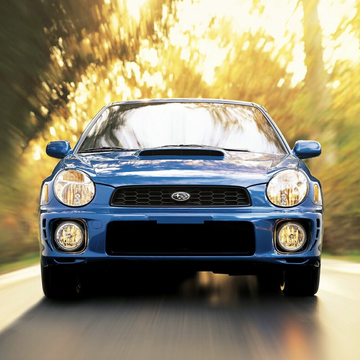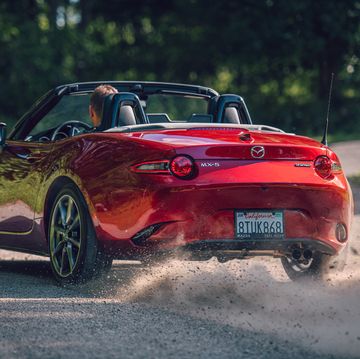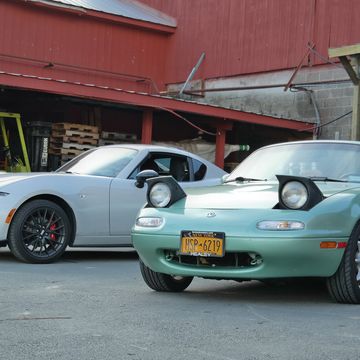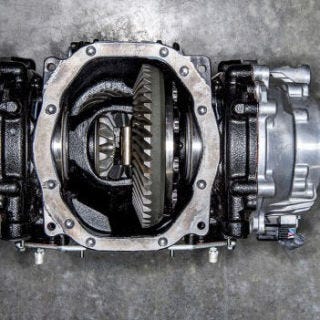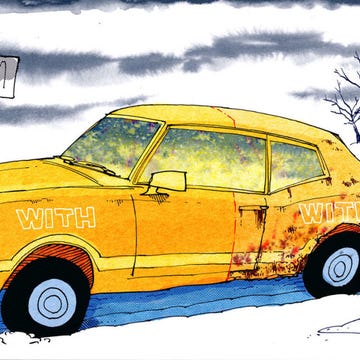I’m a sucker for a good Craigslist deal. I’ve purchased my last seven cars off of the site. In my search for this season's ice racer, I stumbled upon something special: a 1992 BMW 850i. Yep, the one with the V-12. It even had a six-speed manual. This is how I became its owner.
The seller told me he needed it off his property by the end of the weekend because he was moving away. I saw it as an opportunity to own one of BMW’s coolest grand touring cars for pennies on the dollar. But, as with any suspiciously cheap Craigslist car, there were some issues.
Buying the Thing
When I arrived to inspect the car for the first time that Thursday, it looked like it hadn’t been touched in years. The tires were flat, the rubber was dried out, and there was a thick layer of dust and grime on every panel. The owner told me it hadn’t run in at least a year and a half, and the batteries in the trunk (the car needs two to run) were 11 years old.
I attempted to jump-start it from my Craigslist M5 with no luck.
Before I committed to buying this car, I really wanted to hear it run. So I bit the bullet and spent $160 on a battery at Autozone—for a car I didn’t even own at that point—to see if it would fire up. After plugging the new battery in, the starter cranked, but it still wouldn’t fire. My initial thought was the immobilizer, as the hazard lights were flashing virtually the entire time we had the battery plugged in. The sun had set and I had work the next day, so I decided to come back the next evening and try again.
On day two of trying to start this forsaken 8-Series, I realized that the fuel gauge was on empty, so I went and snagged five gallons of gas from a local station and threw it in the tank. Still no luck.
The car would turn over just fine, but it just wouldn’t fire. I didn’t have a multimeter on me, so I couldn’t check to see if the computer was sending a signal to the fuel pump. I offered the seller a pretty low number—$700—for the car, explaining that, without hearing the engine, there’s no way I’d be able to pay more. He understood, but told me other people were already offering twice that amount, and were willing to bring a trailer to take it out of his driveway. We parted ways, and I never expected to hear from him again. Until I got a text that Saturday.
The seller told me he wasn’t able to find another buyer, and he needed the car gone by that day. So he accepted my $700 offer. Now my only issue was getting it from its home in Staten Island to the shop I rent in upstate New York. That was remedied with a $160 flatbed tow. Add that to the $700 purchase price, plus the price of two batteries ($320), and for a grand total of $1180, I now owned a real, actual manual V-12 8-Series. It didn’t run, but I still considered it a win.
Getting it Started
We quickly discovered exactly why it wasn't running once my friend, Mathias Rios, sprayed some starter fluid into the passenger side intake. The engine fired up instantly, ran for about a second, and died off again. What did that tell us? It meant there was spark, so the problem wasn’t the immobilizer. The only ingredient missing was fuel. By process of elimination, it had to be the fuel pump.
The fuel pump on the E31-generation 8-Series sits under the passenger-side rear seat, and consists of two individual electric motors installed in a plastic housing that resides on top of the tank. I ripped out the rear seat and managed to squeeze out the original unit, which, as you can see from the pictures, had deteriorated from sitting for so long.
Its condition explained why there was no fuel getting to the engine, and probably why the tank was reading empty. Worse, the gas that was already in the tank before I added my own had gone bad (the smell was unbearable), meaning I’d have to pump it out before trying anything else. $640 later—or nearly the entire cost of the car itself—I had a new fuel pump and assembly ready to install.
I removed the old toxic gas (which probably took a few of my brain cells in the process) and installed the new pump. I plugged everything back in, and what do you know, the car fired right up. It even idled correctly after a few minutes, which I wasn’t expecting. I knew this car would continue to be a money pit for me, but I was ecstatic.
I drove it briefly around my shop’s parking lot, and it was clear it still needed a bunch of work to be road-ready. The brakes were crusted together, and made a terrible noise any time the car moved. It felt like the clutch wasn't disengaging all the way, making it pretty tough to get into any gear. But it did run just fine, despite the myriad of fault lights illuminated on the dash. Annoyingly, the fuel gauge was still reading empty. But that’s a problem for another day.
The car carries a salvage title from an incident in the 1990s, and after throwing it on a lift to swap on the OEM wheels, I understood why. At some point, this car must have been in some kind of terrible accident that destroyed a good portion of the front of the car on the driver's side. It looked as if the entire front left section of the car had been replaced with segments pulled from a red-painted 8-Series, all the way up to the firewall. The left side sill, driver’s door, and hood were all painted red underneath the blue paint you see here.
Whoever fixed this car did a good job, but 20 years later, there are obvious signs of rust beginning to creep back in through the seams. Not great!
At least I can sell these BBS RK II wheels to recoup some of my losses.
So What’s Next?
At minimum, I’d like to replace the brake and clutch fluid before I consider registering the thing. As you can see from the pictures, the rotors are shot, and I’m worried the calipers may be as well. If all goes smoothly, I hope to have this car on the road by December, as long as my wallet can handle it. With enough luck, I’ll even be able to take it ice racing this season.
Stay tuned.

Road & Track staff writer with a taste for high-mileage, rusted-out projects and amateur endurance racing.






